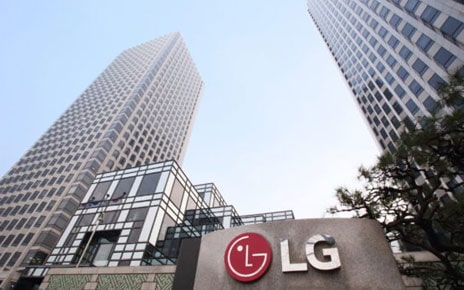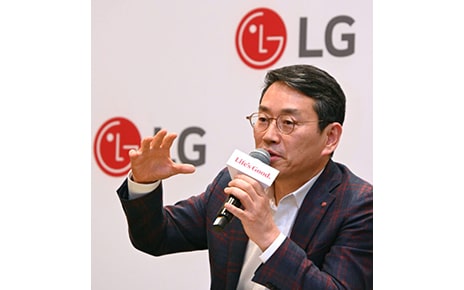We use cookies, including cookies from third parties, to enhance your user experience and the effectiveness of our marketing activities. These cookies are performance, analytics and advertising cookies, please see our Privacy and Cookie policy for further information. If you agree to all of our cookies select “Accept all” or select “Cookie Settings” to see which cookies we use and choose which ones you would like to accept.
LG Sets Goal to Utilize More Than Half Million Tonnes of Recycled Plastic
Use of Plastics Made From Post-Consumer Recycled Materials to Increase Tenfold by 2025

SEOUL, Sep. 9, 2021 — LG Electronics (LG) today announced its goal to use almost 600,000 tonnes of recycled plastic by 2030 in a concerted effort to reduce greenhouse gas emissions in the value chain. The goal is a part of LG’s larger initiative to create a take-back ecosystem for electronic waste and increase the use of post-consumer recycled (PCR) materials in its consumer electronics and home appliance products.
In 2020, LG utilized approximately 20,000 tonnes of recycled plastic in its products which it plans to increase more than tenfold by 2025. While recycled plastic is currently used inside LG TVs, PC monitors, speakers, washing machines, refrigerators and air conditioners, LG will expand the use of recycled plastic to the exterior of its products as well. In addition to utilizing more recycled plastic, LG is reducing the use of virgin plastic throughout its operations as well. This year, 18 OLED TV models will be produced using less virgin plastic, an increase from 14 models in 2020, for a reduction of up to 10,000 tonnes of plastic.
LG is also increasing the target amount of take-back electronic waste from its 2006 figure of 4.5 million tonnes to over 8 million tonnes by 2030 with 3.07 million tonnes having been collected by the end of 2020. Also, LG is implementing initiatives to take back and recycle electronic waste in 52 countries. In South Korea, LG Chilseo Recycling Center, which opened in 2001, not only takes back electronic waste but also manufactures new components from the recycled plastic and ships the parts to LG’s home appliance plant nearby for use in new products such as refrigerators.
LG is focusing its efforts on reducing greenhouse gas emissions throughout the entire product life cycle from production and transportation to use and disposal. As a key component of its sustainable management goals, LG’s parent company entered into an agreement with the Korean Ministry of Environment and local civic groups in June to implement plastic-free management at its main R&D campus, LG Sciencepark.


